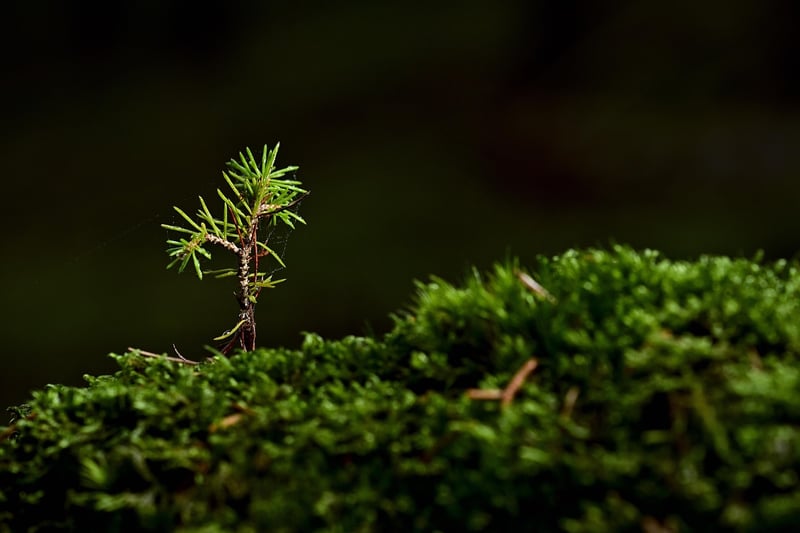Light Requirements
Caring for Plants: Understanding Light Requirements
Introduction
Plants are a beautiful addition to any home or garden, but to help them thrive, it's essential to understand their light requirements. Light is crucial for plants as it plays a vital role in photosynthesis, the process by which plants convert light into energy. In this guide, we will explore the different light requirements of plants and how you can ensure your plants receive the right amount of light to grow healthy and strong.
Understanding Light Requirements
Plants have varying light requirements based on their species and origin. Understanding these requirements is essential for providing the best care to your plants.
Types of Light
- Direct Sunlight: Some plants thrive in direct sunlight and require at least 6 hours of direct sunlight per day.
- Indirect Sunlight: Other plants prefer indirect sunlight and can be damaged by direct sun exposure.
- Low Light: Certain plants can survive in low light conditions, making them ideal for indoor spaces with minimal natural light.
Assessing Light Conditions
To determine the light conditions in your home or garden, observe the following:
- The direction your windows face
- The amount of sunlight that enters the space
- Any obstructions that may block sunlight
Caring for Your Plants
Once you understand the light requirements of your plants, follow these tips to ensure they receive adequate light:
- Place sun-loving plants in south or west-facing windows to maximize sunlight exposure.
- Rotate your plants regularly to ensure even light distribution and prevent leggy growth.
- Consider using artificial grow lights for plants that require high light levels but don't receive enough natural light.
Conclusion
By understanding the light requirements of your plants and providing them with the appropriate amount of light, you can help them thrive and enhance the beauty of your living space. Remember to regularly assess the light conditions and adjust the placement of your plants as needed to ensure their optimal growth.

With these tips, you can create a healthy environment for your plants and enjoy the benefits of a green and vibrant space.
